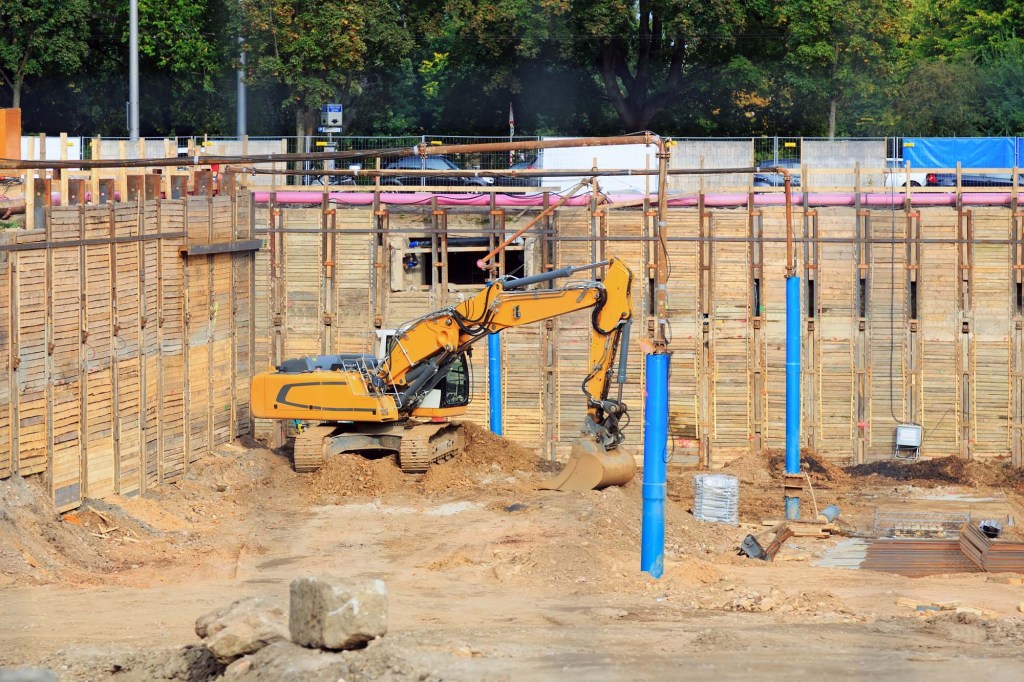U.S. lot supply loosened year over year in the first quarter, returning to mid-to-late 2020 levels, according to Zonda’s New Home Lot Supply Index (LSI).
The New Home LSI in the first quarter was 60.1, a 65.4% increase from the same period a year ago. Despite the strong year-over-year increase, the data suggests a market that remains “significantly undersupplied,” according to Zonda.
On a sequential basis, lot supply increased 21.4% compared with the fourth quarter.
“The notable uptick in the LSI is driven by one main factor: slowing housing starts,” says Zonda chief economist Ali Wolf. “It is important to remember how this index is calculated. We consider the total vacant developed lot supply and adjust it for overall starts activity. Because housing starts are lower, there has been an accompanying uptick in the index. This uptick, however, may be short-lived if housing demand holds at current levels.”
Lot supply loosened in 29 of the 30 major metropolitan markets analyzed by Zonda in the first quarter but still remained “significantly undersupplied” in most markets. On a quarter-over-quarter basis, the LSI increased in 27 of 30 select markets. Sequentially, Nashville, Tennessee, and Phoenix loosened the most, with the New Home LSI increasing 45% and 39%, respectively.
After the first quarter, one market is categorized as “appropriately supplied”—Boise, Idaho—and three are categorized as “slightly undersupplied”—Salt Lake City; Austin, Texas; and Minneapolis.
San Diego, Miami, and Jacksonville, Florida, have the tightest lot supply among the 30 markets analyzed by Zonda. San Diego and Miami have “severe geographic and topographical limitations” on land and lot development.
Zonda also records future lots through the stages of development, ranging from raw land through “streets in,” which is the last step before a lot becomes a vacant developed lot. Zonda groups the last few stages into a classification called total upcoming lots, which indicates delivery over the next 12 to 18 months.
Total upcoming lots for the first quarter decreased 9% year over year and fell 7% sequentially from the fourth quarter of 2022. The streets-in stage indicator was 36% below the same period last year. Zonda says the pullback in total upcoming lots corresponds with the market demand pullback in the third and fourth quarters of 2022.
The largest share of total upcoming lots are in the excavation stage, making up 67% nationally. These lots have expected delivery dates between the fourth quarter of 2023 and the first quarter of 2024.
“The stronger start to the year for sales has improved builder sentiment,” Wolf says. “We now have 55% of builders that plan to start more homes in 2023 than 2022, up from 25% at the end of last year. Increased starts without an increase in lots may result in the LSI turning down again in the coming months.”



